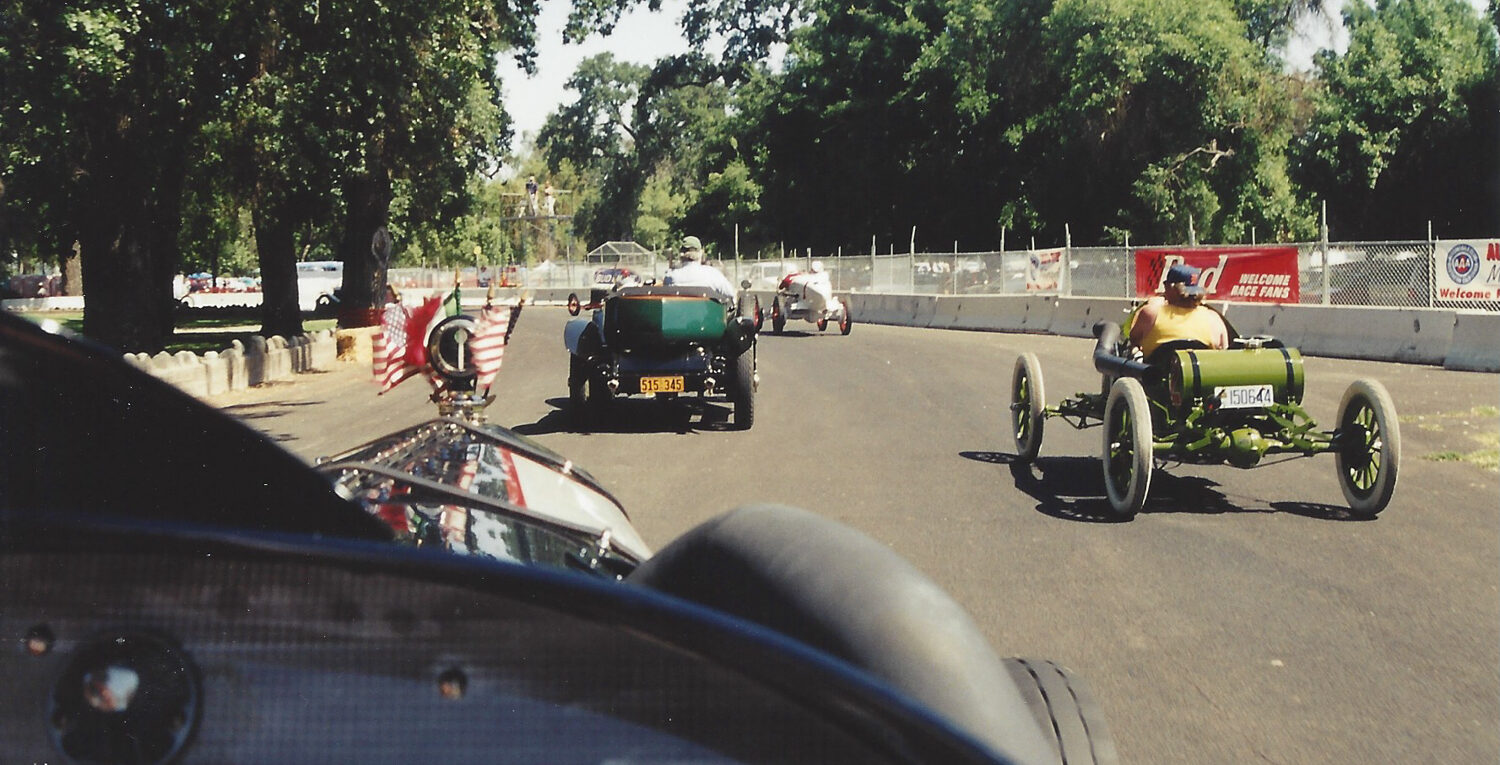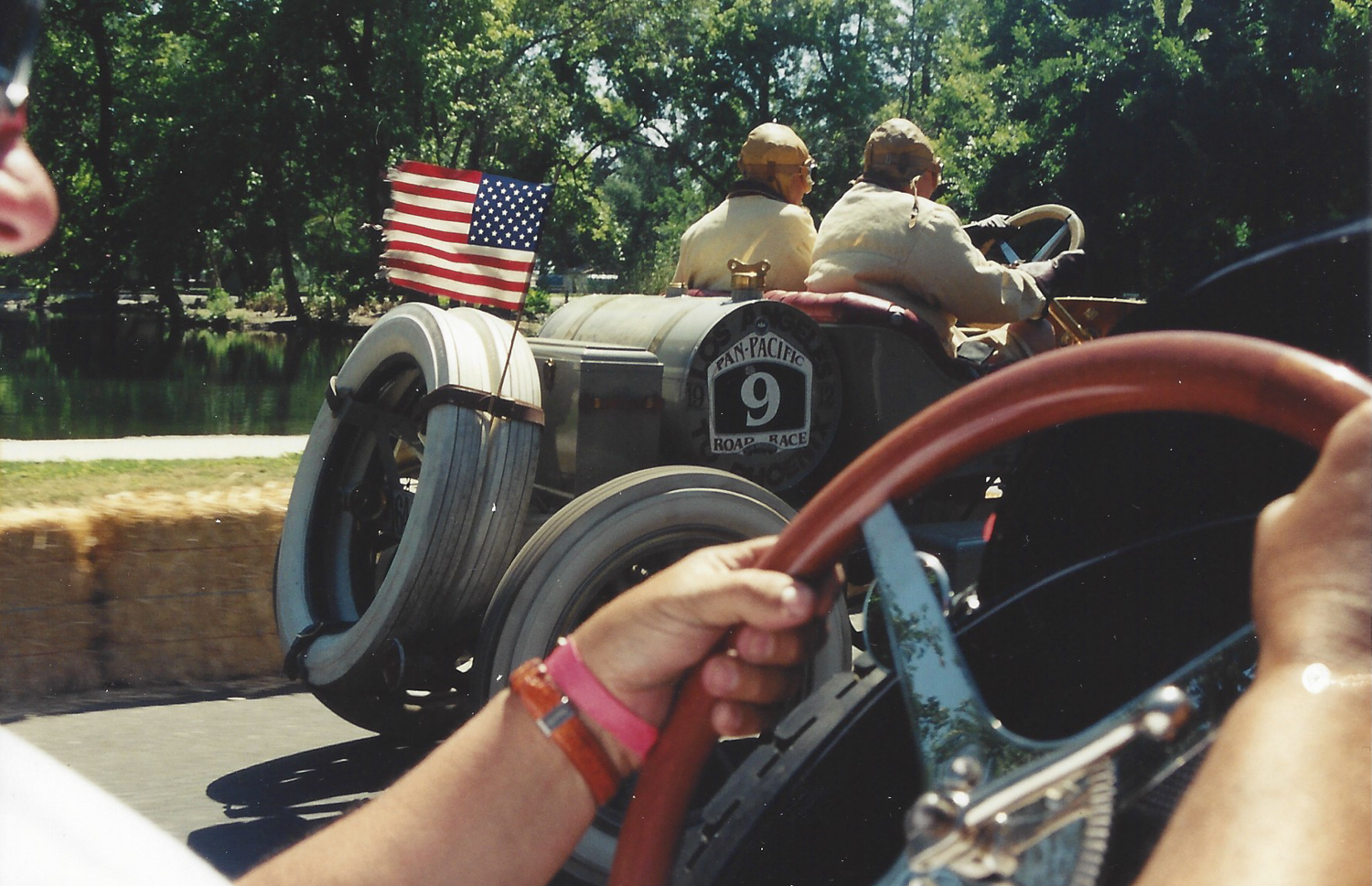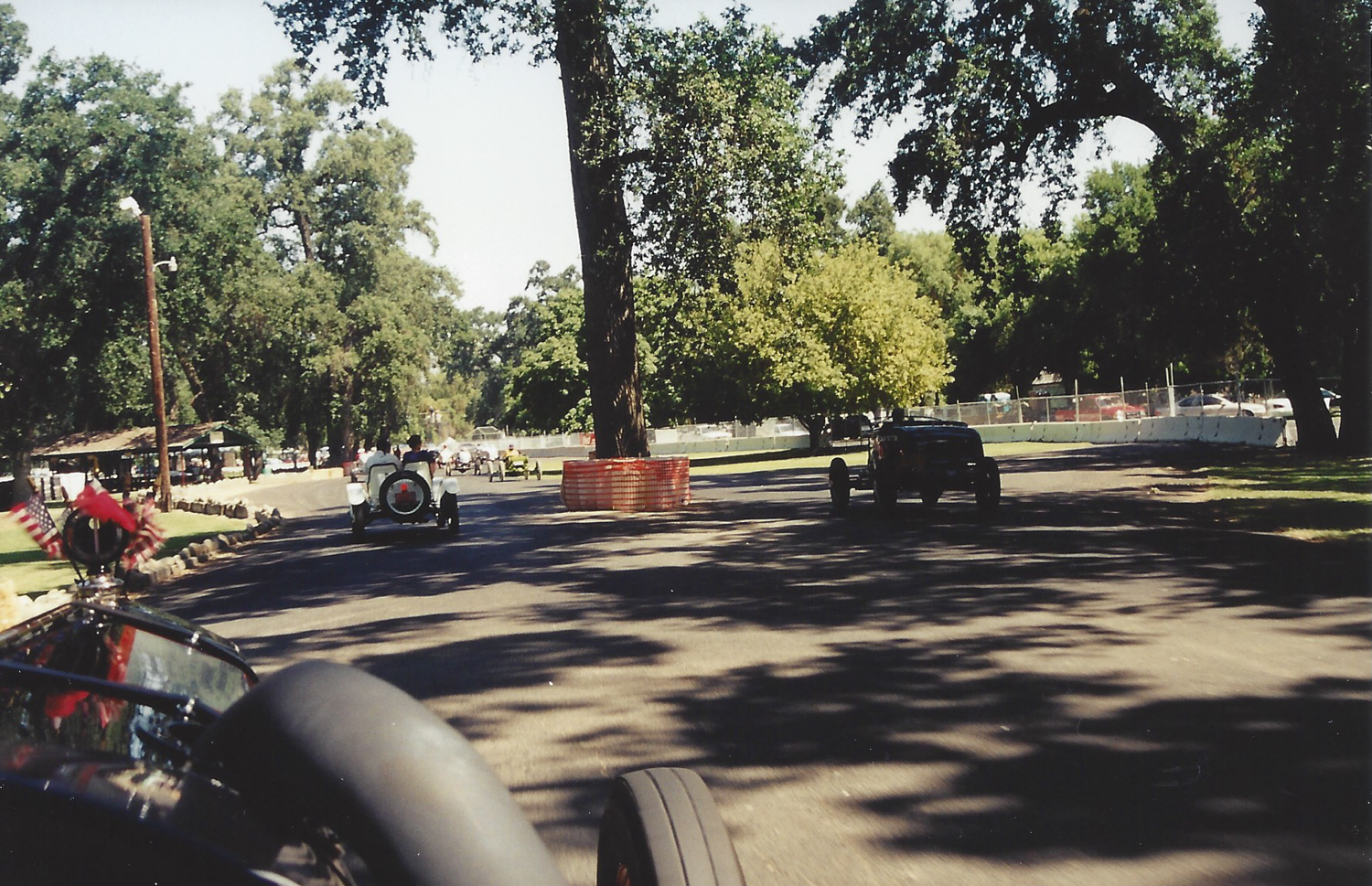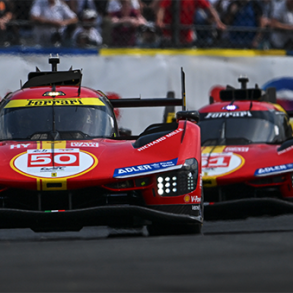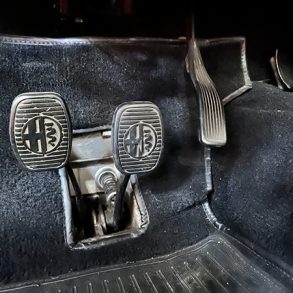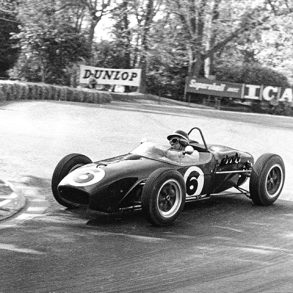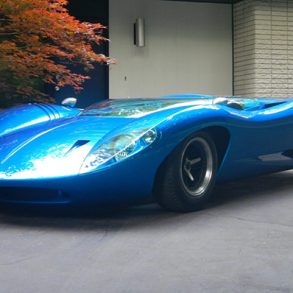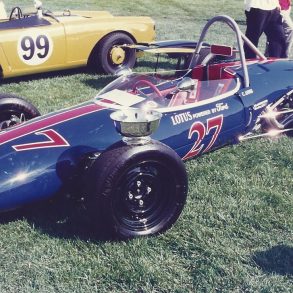So how did you spend this year’s Memorial Day weekend? Personally, I broke with a long-standing tradition. Historically, I’ve spent the better part of my Memorial Day weekends lying on the couch in my underwear and a T-shirt – a small driblet of drool hanging from the corner of my mouth – with a glazed look in my eyes from having watched 46 continuous hours of motorsports. Without doubt, if there is one “high-holy day” in the world of motorsports, it’s Memorial Day. No matter what flavor of racing you like – F1, Indy, CART, NASCAR or sports cars – there will always be something on the tube for you on Memorial Day.
However, this year I broke ranks with my mind-addling, televised racing bacchanalia to venture several hours into the heartland of California for the Second Visalia Motorsports Festival. The organizers had promised a unique cross-section of racing history set against the backdrop of Visalia’s picturesque Mooney Grove Park. They didn’t disappoint.

If you’re not familiar with the event, it is part historic race, part old-time country fair, with a special emphasis on the cars from the ’teens, ’20s and ’30s. Some of the fabulous cars present at this year’s event included a 1915 Stutz, several early board track cars, a smattering of early Duesenberg racers, as well as examples of Cobras, Ferraris, Lagondas, Bentleys, MGs, and even a couple of NASCAR Winston Cup cars thrown in for good measure. Not unlike my Memorial Day television line-up… there was a little something for everyone.
However, unlike the racing on television, these cars and their drivers were not only very amenable to sharing their cars with the over 30,000 spectators in attendance, they were also agreeable to giving rides to anyone interested in trying their hand as a riding mechanic.
My first ride of the weekend was in a 1920 Roamer Board Track racer driven by owner Dennis Varni. Perched high atop the Roamer – furiously pumping the fuel pump to keep the motor going at low speed – I got my first real taste of the absolute daring that our racing forefathers had to possess in those harrowing early years. As Dennis and I raced around the scenic Visalia course with 16 other veteran racecars, I became acutely aware of how speed and danger are really a relative thing. Fifty mph in a 1920 board track car – 3 feet up in the air, with 3”-wide tires, no seat belts, no helmet and virtually no protection – feels a lot more exhilarating (and quite frankly risky) than being cocooned in a more modern racer at higher speeds.
Later in the day, VRJ subscriber and vintage racer Michael Pinneau took me for a ride in his father-in-law’s 1933 Duesenberg “Wonder Bread Special” Indy car – a beautifully original car in the classic ’30s Indy-car style. As we climbed into the car, Michael explained to me that it was actually because of the Indy 500 that Wonder Bread got its name.
As the story goes, the owners of a newly formed, large Midwestern bakery decided to attend the Indy 500 back in 1932. Prior to the start of the race, the owner and his marketing people had been discussing what to name their new line of bread. Their conversation was interrupted by the traditional release of thousands of colored balloons. The owner of the bakery peered up into the sky and exclaimed, “Isn’t that a Wonder!” His marketing people looked at each other and decided that “Wonder Bread” was as good a name as any, and with it they chose the image of multi-colored balloons as their logo (which they still use to this day.)
With this fascinating piece of Indy trivia still rolling in the back of my head, Michael and I took to the track in the raucous Duesenberg. Sitting low behind the Duesy’s cowl, I could easily imagine us racing across the bricks at Indy – nearly 70 years ago.
As we accelerated around a tree that interestingly splits the course into two separate routes(!), Michael looked over to me with a big grin on his face and shouted, “How about this?! It’s Memorial Day – and here we are racing around in a Duesenberg Indy car! Could it get any better than this?”
No… I don’t think it could.


